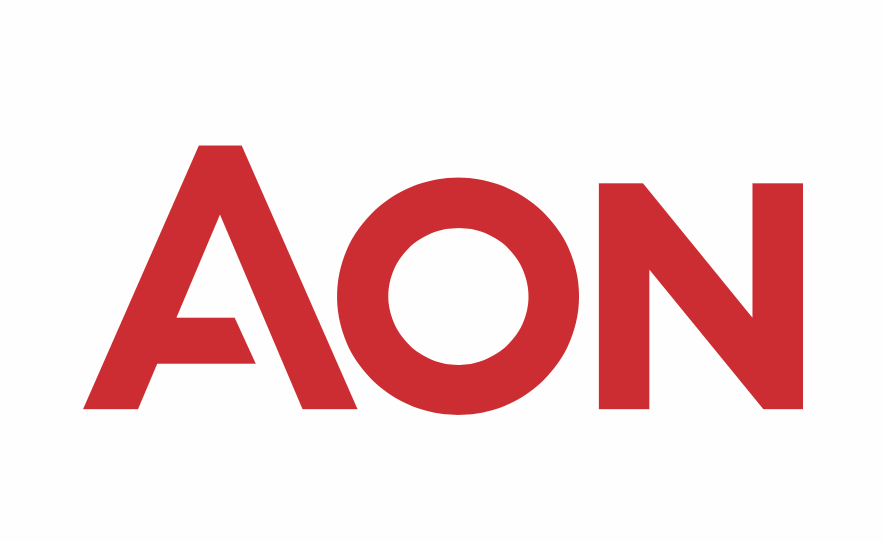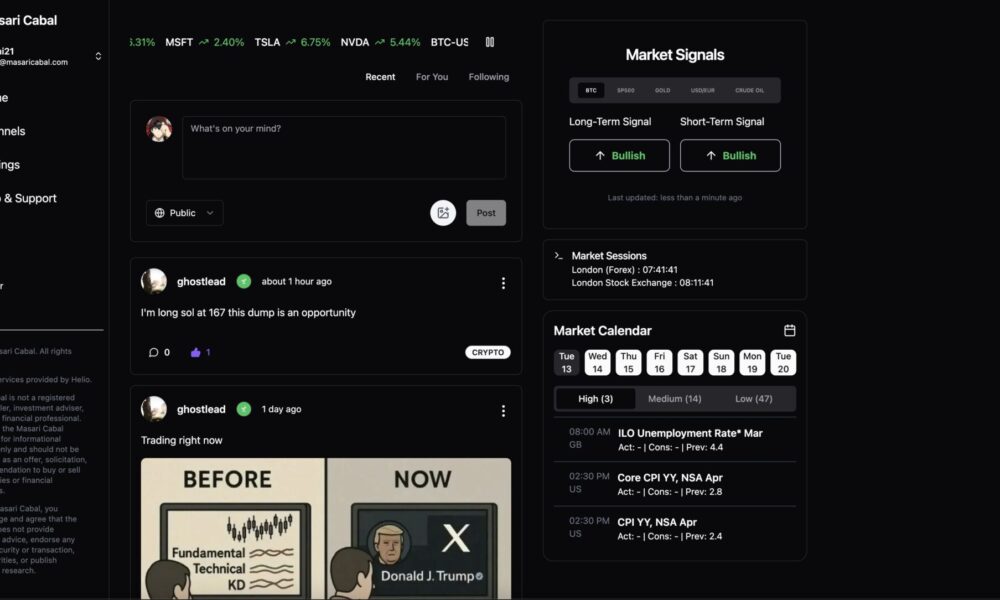Table of Contents
What Is a Sales Pitch?
A sales pitch is a short message that identifies a prospect’s needs, explains how your product meets those needs and encourages the prospect to buy. An effective sales pitch proves an opportunity to capture a prospect’s interest by showing the value that they would receive from purchasing your product.
The sales pitch shouldn’t only focus on how great your product is. Focus on how your product makes life better for the prospect.
Every interaction with a prospect includes some form of a sales pitch. Each pitch is slightly different, whether you’re sending a cold email, learning about your prospect on a discovery call or meeting in person to close the deal.
Early-stage companies should constantly evaluate their sales pitches as they speak with prospects. Founders and sales professionals should replicate what’s working, adapt what isn’t and test new approaches to see what sticks.
Sales Pitch vs. Elevator Pitch
The difference between a sales pitch and an elevator pitch is that sales pitches are meant to entice a prospect to buy your product or service, while elevator pitches are a more general explanation of your company intended for a wider audience.
A sales pitch typically occurs when you’re actively engaged with a prospect that could benefit from buying your product. Your message will be highly personalized to that prospect’s company, market and overall situation. It’s typically delivered in a prospecting email, discovery call or product demo.
An elevator pitch is an overview of your company: a story that company leaders tell about their market, industry, values, technology, customers and use cases. It’s typically communicated to potential investors or other stakeholders that want to learn more about your company — even if they’re not looking to buy your product or service. Consider the About Us portion of a press release or the opening minutes of an investor pitch deck presentation.
How to Write a Sales Pitch
To write a sales pitch that wins deals, follow these tips:
- personalize your pitch;
- focus on outcomes and value;
- use data points;
- tell a customer story; and
- create a sense of urgency.
1. Personalize Your Pitch
Everything about your sales pitch should be tailored to your prospect. Remember: You’re painting a picture of how your awesome product makes life better or easier for the person on the other end. Take some time to research your prospect’s company, market and industry so you can speak to their problems and needs.
You should know your product features and value props inside and out, so you can pick the specific attributes that appeal to each prospect.
2. Focus on Outcomes and Value
There’s a common sales cliche: When a customer buys your product, they’re buying more than just your product. What better future will they achieve when they own your product or service? Will they save money, save time, drive revenue or mitigate risk? What’s most important to the prospective customer?
3. Use Data Points
A good sales pitch requires a confident salesperson that can speak to the value props of their product. But it never hurts to back up your talking with some cold, hard numbers.
Gather proof points from previous customers to show your product’s track record for delivering value. This is your chance to provide a “nine out of 10 dentists recommend this toothbrush” moment. Social proof is powerful; use it to your advantage.
4. Tell a Customer Story
Data is great, but you shouldn’t solely rely on numbers during your pitch. People buy from people; human connection is a driver for many successful deals. A survey from a Stanford University marketing professor shows that after a 60-second pitch, 63% of people will remember a story, while only 5% will remember a statistic.
The best way to cover your bases is to include both statistics and stories. Customer testimonials and case studies help your prospect envision the success they’ll have after implementing your offering.
5. Create a Sense of Urgency
You’ve delivered a highly-personalized pitch — backed by data and testimonials —that communicates your product’s value. Now what?
It’s time to cash in on all of your efforts. According to StoryDoc, pitch decks containing a singular, clear next step convert at a 27% higher rate than those that don’t. Outline what’s next for the prospect: booking a demo, signing up, scheduling a second call, etc.
Don’t be afraid to use FOMO to your advantage, either. You want prospects to take the next step immediately, rather than waiting around for a competitor to swoop in. Emphasize the value they’re leaving on the table if they wait and consider using deals or discounts to encourage quick action.
Sales Pitch Examples
A good salesperson should be comfortable with the following types of sales pitches:
- email pitch
- phone pitch
- voicemail pitch
- Zoom pitch
- in-person pitch
- follow-up pitch
I’ll explain the intent and style of each pitch and provide an example of how I would pitch York IE in each scenario.
1. Email Pitch
When you write a sales pitch email, begin by introducing yourself and explaining why your company is the right fit to solve the prospect’s problem. Focus on the value your product or service will provide for them. Always offer a time that you’re available to meet or chat with the prospect; this shows that you’re ready to go and have time set aside to work with them.
A constant theme throughout each type of pitch: Always research your prospect beforehand so you understand the needs of their business.
Dear [Name],
As a founder of a fast-growing startup, do you need hands-on guidance and expertise to grow your business?
At York IE, we provide Advisory as a Service to technology companies. Our team acts as an extension of yours, providing both strategy and execution across product development, marketing, FP&A and go-to-market.
We would love to learn more about your business and how we can help you succeed. Would you like to schedule some time to meet? I’m available anytime after 2 p.m. on Tuesdays and Thursdays.
Thank you for your time and we look forward to hearing from you soon.
Sincerely, Gregg
2. Phone Pitch
If you catch a prospect over the phone, you’ll have to be persuasive and think on your feet. Understand the needs and challenges of your prospect and highlight how your product features solve that challenge. Be ready for objections — and know how to steer the conversation back to the value you’re providing.
Set expectations for the call. The main goal, typically, is to schedule a formal chat with the prospect to get into specifics.
Hello [NAME], this is Gregg from York IE. I know you’re probably very busy, but I wanted just to see if you’d been interested in learning about some hands-on resources that could really help you grow your business.
3. Voicemail Pitch
If you make enough phone calls, you’ll surely end up leaving some voicemails. Given that you only have a short amount of time to leave a message, you’ll have to concisely explain who you are and what might pique the prospect’s interest. Make sure to provide your contact information so the prospect knows how to reach you.
Hello [NAME], this is Gregg Nelson from York IE. We’re a strategic growth and investment firm that offers hands-on advisory services to growing tech companies. Our tech-enabled services and deep operational expertise can help bring your product to market, accelerate growth and build a memorable brand.
I’d love to chat a little further about how we could work together. Give me a call back at 555-5555. Thanks so much!
4. Zoom Pitch
To reach a prospect over Zoom, you likely already captured their interest with an email, phone or voicemail pitch. Great work! Now it’s time to capitalize and turn that interest into purchase intent.
Be sure to thoroughly prepare before the call. Share an agenda with the prospect, as well as any materials or visuals you plan to present.
Once you’re on the call, be natural. Make a little small talk before diving in. Identify the prospect’s problems and needs and how your features and benefits solve them, with proof points to back you up. Be prepared to walk through any decks or documents you shared via email.
Before you close the call, make sure you answer any questions the prospect may have, and agree on what the next steps should be: another call with additional stakeholders, a demo, a contract, etc.
I’m so glad we have the chance to chat over Zoom. I know I explained a bit about York IE in my email, but I’d love to dive a little deeper and go through the deck that I attached, as well.
Before we dive into York IE, I’d love to hear a bit more about your business. Is there a particular area of your company that could use a boost?
5. In-Person Pitch
An in-person pitch is your best chance to get to know your prospect and build rapport. Most of the lessons from the Zoom pitch apply to the in-person meeting, with one exception: an in-person pitch relies much less heavily on a sales deck. Your in-person meeting should feel like a slightly more casual, back-and-forth conversation.
It’s great to be able to meet with you face-to-face! I wanted to take this time to hear a little bit about your company’s needs and discuss how York IE’s advisory services help companies accelerate their growth.
What’s been on your mind recently as you grow your business? Is there anything that might be holding you back from reaching your goals?
6. Follow-Up Pitch
Anytime you speak with a prospect — in person, on Zoom or over the phone — you should plan to send a follow-up email. This email will allow you to briefly highlight the key points of the conversation, re-emphasize how you will solve the prospect’s challenges and reshare your sales deck or other materials. If you agreed to a second meeting, now is the time to schedule it and discuss the next steps.
Dear [Name],
It was great to speak with you today. I’m glad to hear that your company’s been growing rapidly over the past few months – that’s a huge achievement.
I also understand that it’s become more difficult to manage your finances and maintain a financial model with this rapid growth. I think our Corporate Strategy and FP&A practice is a great fit to help you build a strong financial foundation that’ll prepare you for the future.
I’ve contacted our CFO Janelle Gorman, who said she’s happy to join our next call to explain a bit more about our FP&A Practice. Janelle and I are available at the following times:
- Monday, 9 a.m.
- Tuesday, 12 p.m.
- Wednesday, 2 p.m.
Let me know which works best and I’ll schedule a call. Thank you for your time and we look forward to hearing from you soon.
Sincerely, Gregg
A sales pitch comes in many forms. No matter how you’re pitching, it’s important to remain laser-focused on the value your product provides for your prospects. Dig deeper to understand your prospect’s challenges, and be prepared with case studies and data points to prove your case.






































